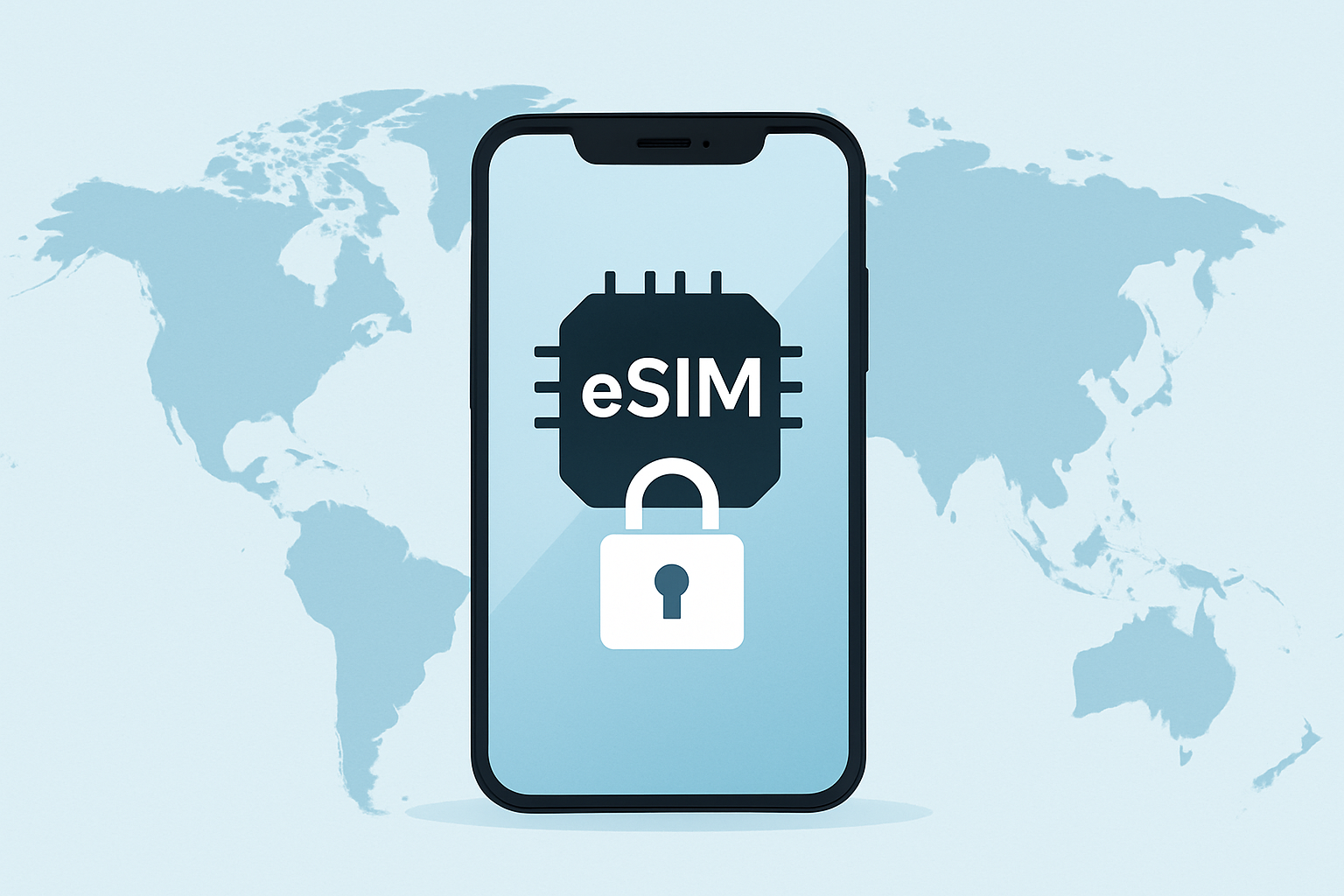How Much Data Do Social Media Apps Use?
How Much Data Do Social Media Platforms Use?
How Social Media Uses Data
Social media apps use data for various activities such as:
- Streaming videos and live content
- Uploading and downloading images or videos
- Loading posts, stories, and advertisements
- Sending messages, voice notes, and making video calls
- Background app refresh and automatic updates
The amount of data consumed depends on the platform, the quality of content viewed, and the time spent on the app. Let’s take a look at how much data different social media platforms typically use.
Data Usage of Popular Social Media Apps
1. YouTube
- Video Streaming: YouTube is one of the most data-intensive apps. Streaming videos at different resolutions consumes varying amounts of data:
- 144p: ~90MB per hour
- 360p: ~300MB per hour
- 720p (HD): ~1GB per hour
- 1080p (Full HD): ~1.5GB per hour
- 4K: ~7GB per hour
- Tips to Reduce Data Usage: Lower video quality in settings, use Wi-Fi when possible, and enable YouTube’s data saver mode.
2. TikTok
- TikTok’s endless short videos make it a heavy data consumer:
- Low quality: ~250MB per hour
- High quality: ~1GB per hour
- Tips: Use TikTok’s built-in data saver, limit autoplay, and download videos for offline viewing.
3. Instagram
- Instagram data consumption depends on how much media is loaded:
- Scrolling through feed/stories: ~100MB per 10 minutes
- Watching live videos: ~600MB per hour
- Uploading photos: ~2-4MB per image
- Uploading videos: ~50-100MB per minute
- Tips: Turn on data saver in Instagram settings, disable autoplay for videos, and use Wi-Fi when uploading content.
4. Facebook
- Facebook is a mix of text, images, and videos, leading to variable data usage:
- Browsing feed: ~100-150MB per hour
- Watching videos: ~300-700MB per hour (depending on quality)
- Facebook Live: ~1GB per hour
- Tips: Enable Facebook’s data saver mode and turn off video autoplay.
5. WhatsApp
- Messaging apps generally use less data, but calls and media sharing increase consumption:
- Text messaging: Minimal (~1MB per hour)
- Voice call: ~200-300KB per minute (~12-18MB per hour)
- Video call: ~300MB per hour
- Sending images: ~5MB per image
- Sending videos: ~25MB per minute
- Tips: Lower media download settings and avoid HD video calls when using mobile data.
6. Twitter/X
- Twitter primarily uses text but also includes images and videos:
- Browsing: ~60-100MB per hour
- Watching videos: ~300MB per hour
- Tips: Enable data saver mode and disable autoplay for videos.
7. Snapchat
- Snapchat combines messaging, videos, and stories, making it moderately data-intensive:
- Sending/receiving snaps: ~1-5MB per snap
- Watching stories: ~200MB per hour
- Snapchat Discover: ~500MB per hour
- Tips: Use Travel Mode in Snapchat settings to limit data usage.
How to Reduce Data Usage on Social Media
If you are worried about running out of mobile data, here are some effective tips to minimize usage:
- Enable Data Saver Mode: Many apps like Instagram, Facebook, and TikTok offer built-in data-saving options.
- Turn Off Autoplay for Videos: Disable automatic video playback in app settings.
- Use Wi-Fi Whenever Possible: Avoid using mobile data for high-resolution streaming and large downloads.
- Download Content for Offline Viewing: Apps like YouTube and Netflix allow downloading videos to watch later without using additional data.
- Monitor Data Usage: Check your mobile settings or use third-party apps to track data consumption.
- Restrict Background Data: Disable background app refresh to prevent apps from using data when not in use.
Social media apps consume different amounts of data depending on how they are used. Video-heavy platforms like YouTube and TikTok tend to use the most, while messaging apps like WhatsApp and Twitter consume less. By implementing data-saving strategies, you can enjoy social media without worrying about exceeding your data limits.
If you frequently use social media on the go, consider switching to an eSIM with an affordable mobile data plan for seamless connectivity! Check out our e-sim offers!






